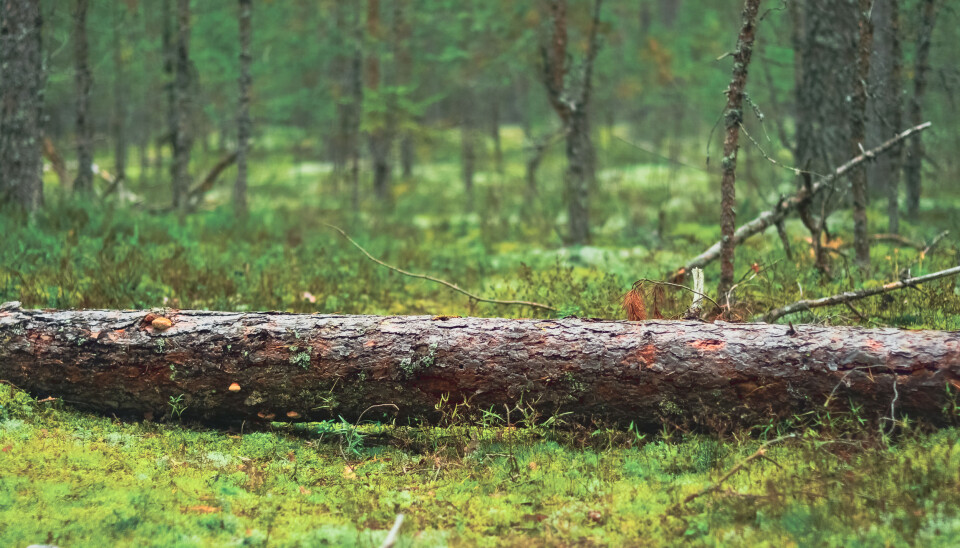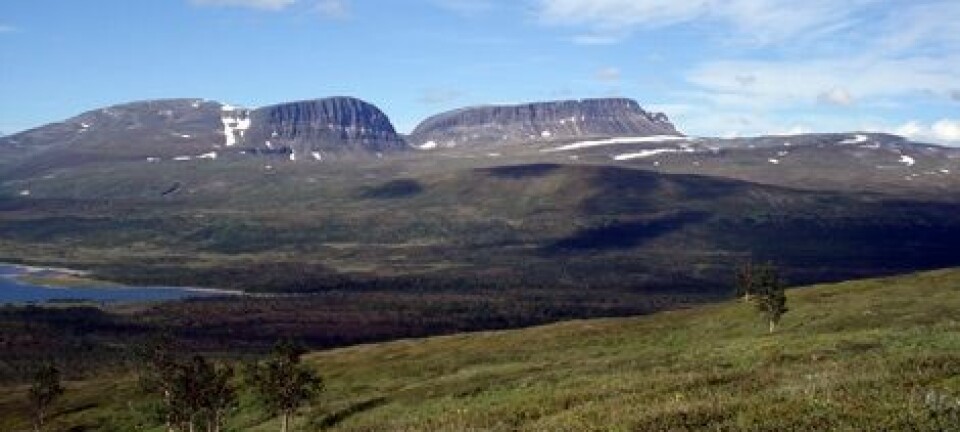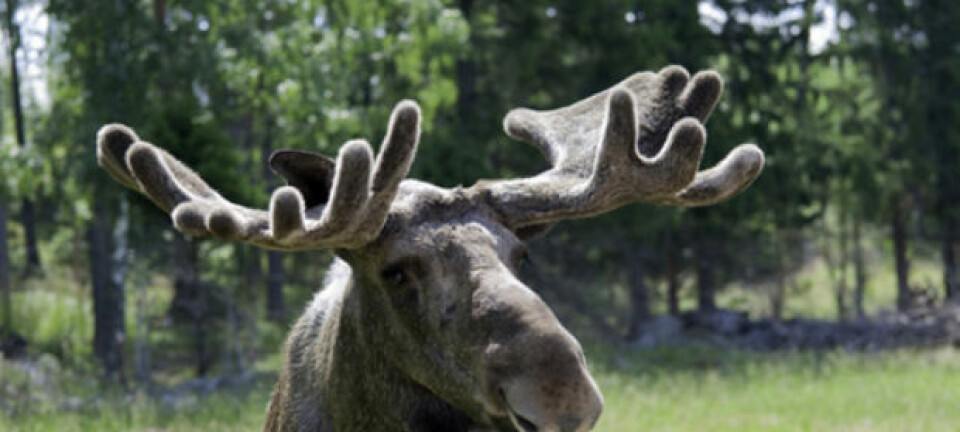
How long before a tree rots away?
A fallen pine on the forest floor can take several hundred years longer to decompose than a spruce.
Denne artikkelen er over ti år gammel og kan inneholde utdatert informasjon.
Perhaps you’ve heard the philosophical question: “If a tree topples in the middle of a forest and no person or animal is around to hear it, did it make a sound?”
Whether it did or not, it was one of millions of trees around the planet that succumb to gravity every year and are doomed to decompose.
But how long does it for the tree to vanish after having fallen down? And if a moose dies in the forest – how long until it has completely decomposed?
According to a Norwegian professor, some trees can last much longer than others, whereas carrion eaters, larvae and bacteria will dispose of a moose in a blink of the eye, relatively speaking.
Spruce goes first
“It can take 200 to 300 years for a downed pine tree to disappear, but most of a spruce will be gone within 50 to 100 years,” says Olav Hjeljord.
He’s a professor emeritus at Department of Ecology and Natural Resource Management at the Norwegian University of Life Sciences.
Hjeljord explains that the difference in time it takes for dead trees to vanish depends on the varying amounts of protective substances they contain.
Resins act as a preservative and make it harder for insects and fungi to break down the tree.
Spruce have less of these resins to protect them than pines, so fungi and insects get to work more quickly and speed up the decomposition process.
If you are under the age of 30 and find a fallen spruce, you could set up a tripod and a camera that snaps a shot of the tree once a day. Then you could make a time-lapse video showing the tree vanishing completely some time around your 80th birthday.
If you attempt this, don't forget to send your video to our future ScienceNordic colleagues.
Faster in a damp climate
“Some parts of the forest are damper than others,” adds Hjeljord.
He explains that pines growing on Norway’s rainy west coast contain less resin than those in dryer, continental regions.
Trees disappear at different rates. But they all go eventually. What actually happens when they decompose?
Larvae feast
“Wood consists of cellulose and lignin,” he explains.
Lignin is a type of polymer that functions like a glue to make a plant or tree rigid; in other words, it gives the cellulose structure. Dry wood consists of up to 40 percent lignin.
Fungi and certain insects and their larvae extract nourishment from this wood mass.
Hjeljord says that bracket fungi are particularly adept at consuming trees, whether the firs are dead or alive.
Bracket fungi are those hard mushrooms that look like small plates sticking out of tree trunks.
In addition to termites, wood-eating insects include ants, butterfly larvae, beetles and woodwasps.
The final component
What’s the last part of the tree to survive?
“The most durable substance is the lignin; it’s the hardest one to break down,” says the researcher.
Lignin can remain in the upper soil or turf long after the tree itself is gone.
Trees generally disappear within a few centuries but sometimes the normal decomposition is slowed down considerably.
In Northern Canada, scientists have even found mummified trees − not petrified but more or less freeze-dried − that are over two million years old.
So what about the moose?
A few decades for your average spruce, but how long to reduce that moose?
“Meat is the same whether it’s on a bird, humans or animals. It will be consumed by insects, bacteria and fungi.”
The more sensitive readers might want to click away right here because thi is where the professor starts explaining the decomposition process in more detail.
“Flies lay their eggs in the flesh and these soon turn into larvae which eat the meat. It smells bad.”
As soon as the moose has trotted off to the happy hunting grounds, plenty of living organisms higher up the chain − including carrion eaters like foxes and crows − will also be licking their lips, or beaks.
“So the meat will be gone in a matter of weeks, whereas the bones can last several years,” says Hjeljord.
Translated by: Glenn Ostling

































